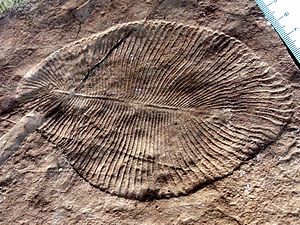Cambrian explosion facts for kids
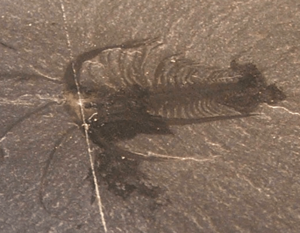
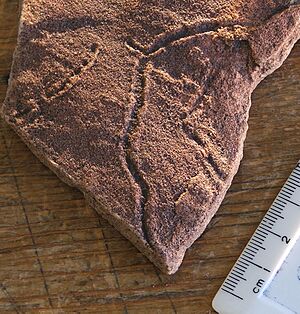
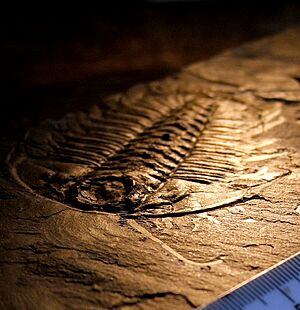
The Cambrian explosion was a time when many different groups of animals, called phyla, first appeared in the fossil record. This amazing event happened about 541 million years ago (mya). Scientists believe many of these animal groups had already started to evolve before then. However, this was the first time they left clear signs of their existence as fossils.
Before about 580 mya, most living things were very simple. They were often just single cells, or sometimes groups of cells forming small colonies. But over the next 70 to 80 million years, life on Earth changed much faster. By the end of the Cambrian period, almost all the major animal groups we know today had appeared.
The Cambrian explosion has caused a lot of scientific discussion. The idea that so many new fossils appeared quickly was noticed a long time ago. Even Charles Darwin, who developed the theory of natural selection, saw it as a big challenge to his ideas.
Contents
What is the Cambrian Explosion?
The Cambrian explosion is a period in Earth's history when many new and complex animals appeared. It seems like they came into existence quite suddenly. Scientists have been puzzled by this for a long time. They want to know three main things:
- Did this rapid increase in complex life truly happen in a short time?
- What caused such quick and big changes in life forms?
- What does it tell us about how animals first started and changed over time?
It's hard to find all the answers because we only have limited clues. These clues include an incomplete fossil record and chemical signs left in ancient rocks.
Big Changes in Evolution
The Cambrian explosion is a great example of what scientists call megaevolution. This doesn't mean it's a different kind of evolution. Instead, it means evolution that caused huge changes. The word 'macroevolution' is also used because the changes were truly enormous. It led to the creation of many new body plans for animals.
How Long Did It Last?
The Cambrian explosion began in the Ediacaran period, around 575 mya. It continued until the time of the Burgess Shale fossils, which are about 507 mya. So, this period of rapid change lasted for about 70 million years. By the end of it, all the major animal groups we see today had evolved. Since then, no completely new animal groups have appeared in the fossil record. This is one of the mysteries scientists are trying to understand.
Life Before the Cambrian Explosion
- For more information, see Acritarch and Stromatolite
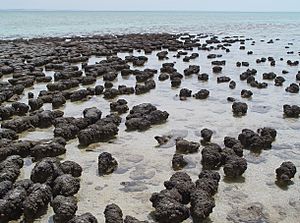
Stromatolites are like stubby pillars built by tiny living things, such as cyanobacteria. They are some of the earliest fossils we have found. Their record goes back about 3.5 billion years ago. They were very common around 2700 mya. Their numbers dropped sharply after about 1250 mya. This decline was probably because new animals started to graze (eat them) and burrow (dig into them).
Before the Cambrian period, the oceans were full of small fossils called acritarchs. This name describes almost any small fossil with an organic wall. They could be egg cases from small animals or resting cysts from different kinds of green algae. Acritarchs first appeared around 2000 mya. They became very common and diverse about 1000 mya. They grew in number, size, and had more complex shapes, especially with more spines. These spiny shapes in the last billion years might mean they needed to defend themselves against predators. Other small organisms from this time also show signs of defenses against being eaten.
However, in general, evolution was very slow before the Cambrian period. Many types of cyanobacteria stayed the same for billions of years. Even if their internal chemistry changed, it wouldn't leave a trace in the fossil record. If the organisms that ate bacteria and acritarchs were early animals, it means that Cambrian animals didn't just appear "out of nowhere." Their ancestors had been around for hundreds of millions of years.
Related pages
Images for kids
-
Rusophycus and other trace fossils from the Gog Group, Middle Cambrian, Lake Louise, Alberta, Canada
See also
 In Spanish: Explosión cámbrica para niños
In Spanish: Explosión cámbrica para niños



